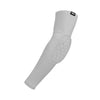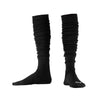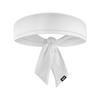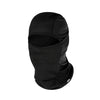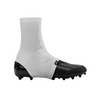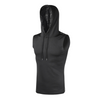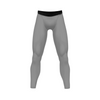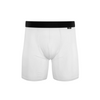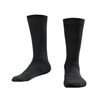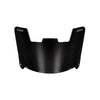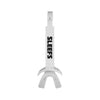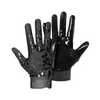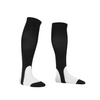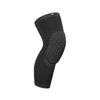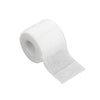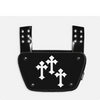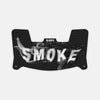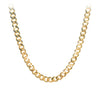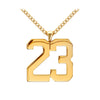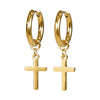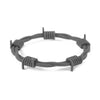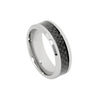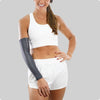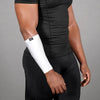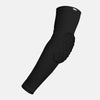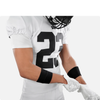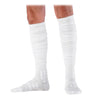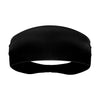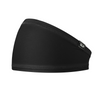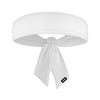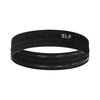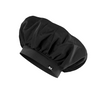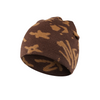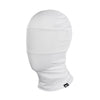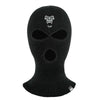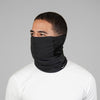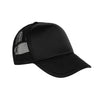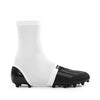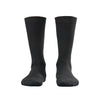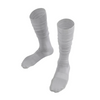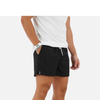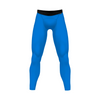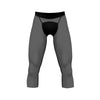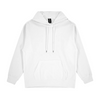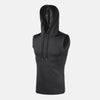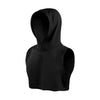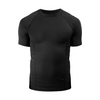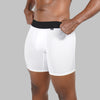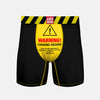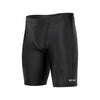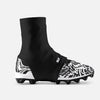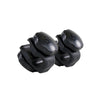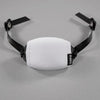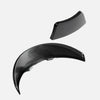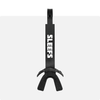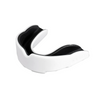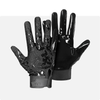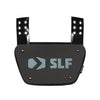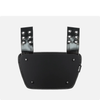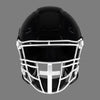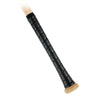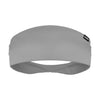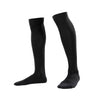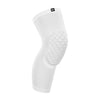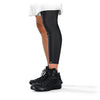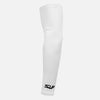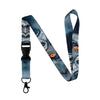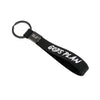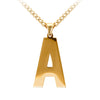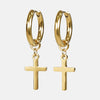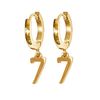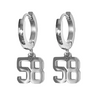Wearing a Face Mask Wrong Might Be Worse Than Not Wearing One at All
You wouldn’t get into your car, slide the seatbelt behind your torso without properly aligning it across your shoulders and chest, and then blast off down the highway at 80 miles per hour, right? Of course not, that would be senselessly putting your life at risk when the simplest little adjustment of a piece of fabric could keep you safer.
These days, until the threat of the COVID-19 pandemic is truly over, if you go out in public wearing a face mask with your nose exposed (or worse yet, with nose and mouth uncovered), what you’re doing isn’t comparable to that seatbelt situation, it’s worse: not only does improper face mask use put yourself at higher risk of contracting the coronavirus, it puts other people at risk if you are a virus carrier, something you may be for up to two full weeks prior to COVID-19 symptoms rearing up.
So, how do you wear a face mask properly during the coronavirus?
If you are wearing a cloth face mask that covers your nose and mouth, that does not have gaps large enough for you to feel exhaled air puffing out of, and through which you can breathe for an extended period of time, then you’re probably all set already.
Face masks do not have to be skin tight to help prevent contraction and spreading of the virus, they just have to be snug enough not to fall out of place.
And in fact, a face mask that is too tight may be worse than one that’s too loose: beyond the obvious discomfort a tight mask causes (a discomfort that may even prompt you to remove the mask too easily), tight face masks have a tendency to be pulled out of position when you speak, yawn, or simply take a deep breath.
Once you have found a cloth face mask that is comfortable enough for extended wear (and that you like the look of enough to wear anywhere) you may want to buy three or four of them, depending on your lifestyle during the coronavirus. Any mask worn for more than a half hour or so should be thoroughly washed with soap and water after use, while masks worn for just a few minutes during a quick errand can be left in a patch of sun for natural UV disinfection or else can be sterilized with a UV wand or spritzes of an alcohol-rich spray.
When you are putting on a face mask to protect you from the virus, you should first wash your hands, then secure the mask to your face. And then don’t touch it!
Once done with the mask for the day, ideally you can wash or use hand sanitizer again before you remove the mask, which should be done with one fluid motion beginning with the loop at one ear – you should only have to touch one strap to pull off your face mask.
Between uses, store masks in a dry, cool location and make sure to check that your cloth face mask for virus protection didn’t shrink during washing and drying and that it has no rips, tears, or punctures that could defeat its purpose.
And remember that “masks” come in many shapes and sizes, from the disposable surgical masks you can buy at pharmacies or online to re-usable cloth face masks to neck gaiters that do just fine when pulled up over nose and mouth. What really counts is keeping your nose and mouth covered somehow when in public and cleaning your hands during any transition period into or out of your mask.
